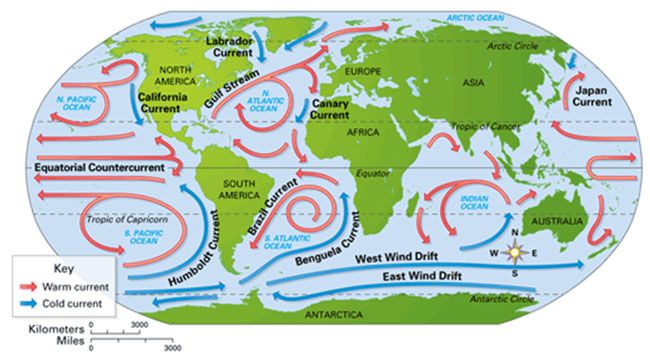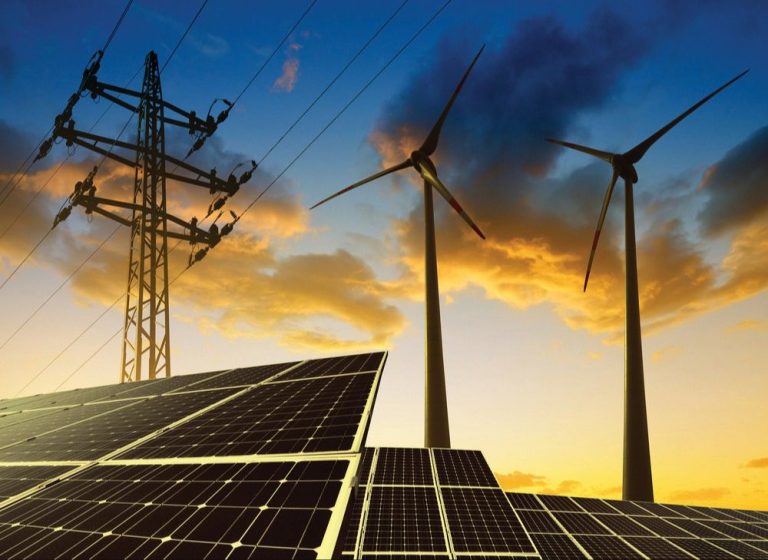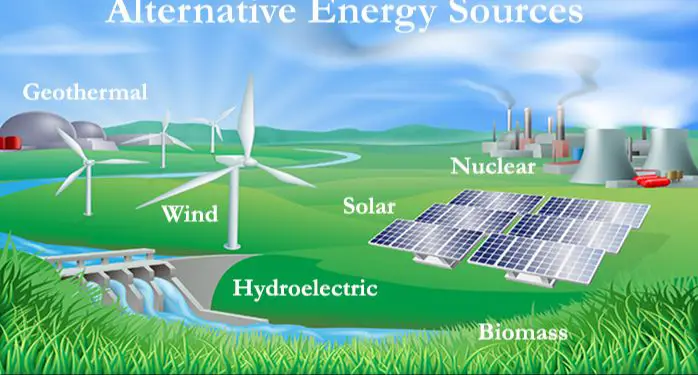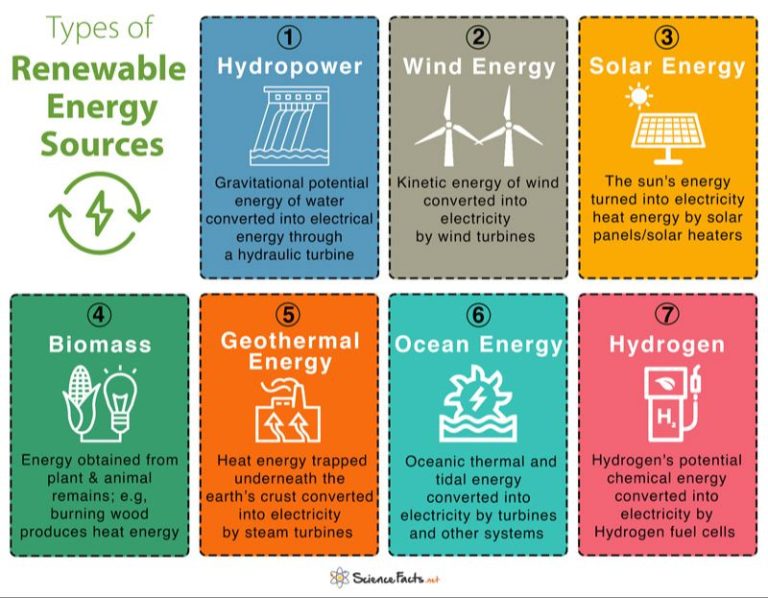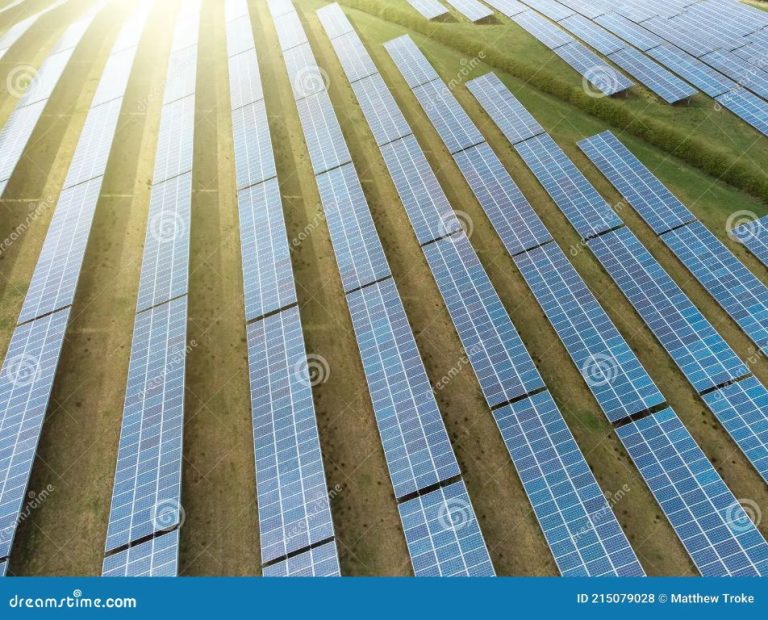How Did Tesla Generate Free Electricity?
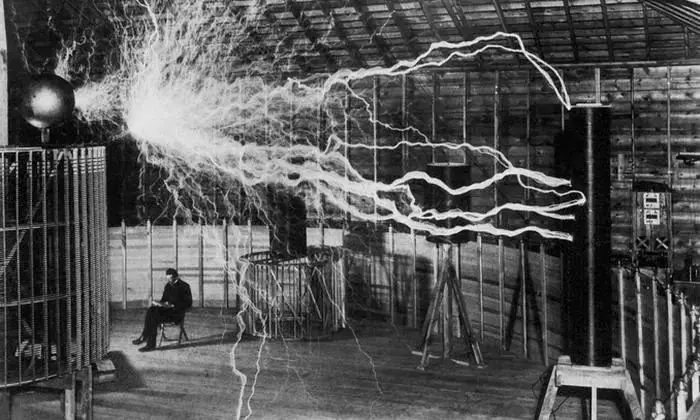
Nikola Tesla was a prolific Serbian-American inventor and electrical engineer who made groundbreaking contributions to the design of the modern alternating current (AC) electricity supply system. Born in 1856 in what is now Croatia, Tesla emigrated to the United States in 1884 and began working for Thomas Edison. However, Tesla soon struck out on his own and gained fame for his work on AC motors, generators, and electricity transmission systems in the late 1880s and early 1890s.
Tesla held over 300 patents and continued inventing throughout his life. He is best known for designing the first alternating current (AC) motor, developing the Tesla coil, and making early breakthroughs in wireless energy transfer to power electronic devices. Though he earned fame and fortune for his inventions, Tesla spent most of his later life in relative poverty and obscurity after his falling out with Thomas Edison over the “War of the Currents” that established AC power as the standard for electric utilities.
While Tesla had many revolutionary ideas and claimed he could generate free electricity wirelessly using the ionosphere, many of these concepts have not been proven or successfully implemented. Nonetheless, Tesla’s legacy played a fundamental role in shaping modern electricity and power systems.
Tesla’s Early Interest in Electricity
Nikola Tesla was fascinated by electricity from a young age. Born in modern day Croatia in 1856, Tesla demonstrated an early interest in electrical experiments. As a child, he was inspired by the nature around him and started tinkering with homemade inventions and devices powered by electricity (About Nikola Tesla).
According to the Tesla Science Center, Tesla began experimenting with rocks, bugs, and magnets before age 6 (About Nikola Tesla). His curiosity about how things worked led him to study science and engineering in school. Tesla was convinced that electricity could be harnessed in new ways that could change the world.
Even as a young student, Tesla started developing important innovations related to motors and electricity generation that formed the foundation of his later groundbreaking work. His lifelong passion for electrical experimentation began with childhood fascination.
Tesla’s AC Motor and Generator
Nikola Tesla invented the alternating current (AC) induction motor in the 1880s [1]. This revolutionary electric motor ran on AC electricity and had multiple advantages over direct current (DC) motors, including the ability to transmit power over much greater distances. Unlike DC motors, AC motors could also act as generators, converting mechanical energy back into electrical energy.
The rotating magnetic field created in Tesla’s AC motor could be reversed, causing the motor to turn in the opposite direction. This made it possible to use the motor as a generator by mechanically spinning the rotor to induce current in the stator windings. So the same device could be used as both a motor and a generator, providing tremendous flexibility and efficiency.
Tesla realized that by using his polyphase AC system, electricity generated by his motors could be transmitted long distances and then converted back to mechanical power by a motor at the receiving end. This was a groundbreaking concept at the time and led to the development and widespread adoption of AC power systems.
Wireless Power Transmission
Nikola Tesla conceptualized the idea of transmitting electricity wirelessly. He theorized that power could be transmitted through the air, without the use of wires.
Tesla believed it was possible to transmit electricity safely to any point on the globe by harnessing the Earth’s natural conductivity and using the ionosphere as a conduit. His idea was based on the principles of his Tesla Coil, which could send surges of energy through the air.
In experiments at his Colorado Springs lab in 1899, Tesla lit hundreds of light bulbs wirelessly from a distance of 25 miles away. This demonstrated the feasibility of wireless power transmission over long distances.
Tesla unveiled his idea for a “World Wireless System” in 1904, which he claimed could transmit messages, telephony, and even facsimile images across the Atlantic to England and to ships at sea. His plan was to build numerous transmission towers across the globe to achieve this wireless power transmission on a global scale.
Tesla hoped his World Wireless System would “make energy available for the greatest possible number of people” and believed humanity could harness the power of the Earth to “reduce to a minimum the sufferings of humanity.”
Sources:
https://en.wikipedia.org/wiki/Wardenclyffe_Tower
Wardenclyffe Tower
The Wardenclyffe Tower, also known as the Tesla Tower, was a 187-foot tall experimental wireless transmission station designed and built by Nikola Tesla between 1901-1917 in Shoreham, New York https://teslasciencecenter.org/history/tower/. The ambitious purpose of Wardenclyffe Tower was to be the prototype for a global communications system and provide wireless transmission of electricity.
The tower’s primary purpose was for wireless telegraphy and the transmission of electrical power across long distances without wires. It consisted of a wood and steel framework rising up from an underground structure. At the top was a 55-ton, 68-foot metal dome which housed Tesla’s electrical equipment https://en.wikipedia.org/wiki/Wardenclyffe_Tower. Beneath the tower, there was a shaft sunk 120 feet into the ground, which contained equipment for generating electrical currents.
Funding Challenges
Tesla faced significant difficulties securing funding for many of his large-scale projects and inventions. After successfully commercializing AC power with Westinghouse, Tesla began work on more ambitious projects like wireless power transmission. However, these required major investments to finance research, development, and construction.
Tesla’s plans to develop a worldwide wireless communications system using Wardenclyffe Tower could not attract sufficient funding. JP Morgan, who initially supported the project, eventually withdrew his funding due to concerns about commercial viability. According to The Rise and Fall of Nikola Tesla and His Tower | History, Tesla lost Morgan’s funding before construction on the tower was complete.
After Wardenclyffe, Tesla continued filing patents for innovative technologies, but securing capital remained an obstacle. His reputation suffered after the very public failure of the tower project. Despite flashes of renewed interest in financing his research, Tesla never again attracted the level of investment required to pursue his grand visions.
Later Patents
Even after the failure of Wardenclyffe, Tesla continued to file new patents related to electricity generation and transmission. Some of his most notable later patents focused on new forms of generation and transmission:
In 1913, Tesla received a patent for a “Method of Aerial Transportation” which depicted a fluid propellor driven aircraft similar to a modern helicopter but powered by an electric motor (US Patent 1,169,288). This was one of the earliest patents for a helicopter design.
In the 1920s, Tesla patented a new type of bladeless turbine that converted the potential energy of a fluid into kinetic energy. This bladeless turbine operates without rotating blades by instead using the boundary layer effect of fluid particles near the surface of the turbine to transfer energy.
He also patented an early design for a speedometer using a rotating magnetic disk attached to a vehicles wheel that interacted with a magnet to create an alternating current with a frequency proportional to the vehicles speed (US Patent 1,613,716).
While many of Tesla’s ideas like wireless power transmission remained unproven and experimental, his continual patenting activity demonstrates his lasting passion for pushing the boundaries of electrical and mechanical engineering.
Unproven Claims
While Tesla did legitimate work on wireless transmission of electricity, some of his later claims around “free energy” devices remain unproven. In his later years, Tesla made exaggerated or unverified statements about developing technology to wirelessly transmit electricity unlimited distances and provide “free energy” to everyone on Earth.
For example, in the early 1900s, Tesla claimed to be developing a new wireless transmitter capable of supplying unlimited amounts of energy to any place on Earth (Singh). However, he never produced a working prototype, and many experts considered it unfeasible.
Similarly, Tesla talked about extracting energy from the Earth’s electric field or atmosphere to generate electricity indefinitely without fuel costs (The Fifth State). But these techniques have not been proven or realized in practice. While thought-provoking, many of Tesla’s ambitious claims around limitless “free energy” remain visionary ideas rather than proven technology.
Legacy and Impact
Nikola Tesla’s work with electricity and inventions like the Tesla coil and alternating current motors fundamentally changed how electricity is generated, transmitted, and used (Source). His inventions formed the basis for modern electrical power systems that we rely on today. Though Thomas Edison originally championed direct current (DC) power transmission, Tesla’s developments with alternating current (AC), induction motors, and polyphase systems eventually won out as the dominant form of electrical power (Source).
Tesla’s pioneering work with wireless power transmission, high frequency currents, and remote control technology also presaged later developments like wifi and radio. Though he was not able to complete some of his most ambitious projects, Tesla’s visions for wireless power and worldwide wireless communication were very forward-thinking. He aspired to develop technology for the benefit of humanity, not for profit.
Though some of Tesla’s later claims remain controversial and unproven, his inventions undeniably formed the foundation for much of modern technology. He had an incredible ability to visualize and build complex machines in his head. Tesla’s life work demonstrated the potential of imagination and science used together to advance society.
Conclusion
In summary, Nikola Tesla made groundbreaking contributions to the development of alternating current electricity and technology surrounding wireless power transmission. Through his AC induction motor and polyphase AC system, he enabled the widespread adoption of AC power over direct current. He also pioneered long-distance wireless power transmission and laid the groundwork for many modern wireless technologies. However, many of Tesla’s ideas like worldwide wireless power were not feasible with the technology of his time. While he envisioned transmitting electricity wirelessly across long distances, this has proven very inefficient compared to wired transmission. Overall, Tesla was a visionary inventor whose AC power inventions transformed society, though many of his wireless power ideas have remained elusive.

